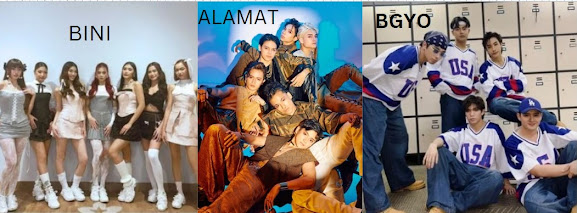1. Economic Policies
Trump's economic agenda is likely to focus on higher tariffs, lower taxes, and deregulation. His administration may push for policies that favor American businesses and aim to reduce the trade deficit. However, these measures could also lead to trade tensions with other countries, potentially impacting global markets.
2. Foreign Relations
Trump's foreign policy is known for its unpredictability. His approach to international relations often involves a mix of assertiveness and negotiation. Key areas to watch include the US's stance on NATO, relations with China, and involvement in ongoing conflicts such as the Israel-Gaza and Russia-Ukraine wars. Allies and adversaries alike will be closely monitoring how his administration navigates these complex issues.
3. Domestic Policies
Domestically, Trump's victory may lead to significant changes in immigration policies, healthcare, and environmental regulations. His administration is expected to continue efforts to strengthen border security and reduce illegal immigration. Additionally, there may be shifts in healthcare policies aimed at reducing costs and increasing competition.
4. Social and Political Climate
Trump's return to the presidency is likely to further polarize the American political landscape. His leadership style and policies often elicit strong reactions from both supporters and opponents. This polarization could impact legislative processes and the overall social climate in the country.
5. Global Implications
The global community will be closely watching how Trump's presidency affects international trade, climate agreements, and geopolitical stability. His administration's decisions could have far-reaching consequences for global economic growth and diplomatic relations.
As the Philippines has over the decades connections with Americans, this relationship is further strengthened by extensive economic cooperation, educational exchanges, and development assistance aimed at promoting democratic governance, economic growth, and regional stability. Despite occasional challenges, such as shifts in foreign policy and regional dynamics, the U.S. and the Philippines continue to maintain a "special relationship" characterized by enduring friendship and strategic collaboration, thus, any change in the governance and policies of the US can somehow affect or have some implications for the Philippines in terms of the following:
1. Economic Impact
Trump's administration may focus on renegotiating trade deals to favor the US, which could affect the Philippines' export market. The Philippines might face higher tariffs on goods exported to the US, impacting industries such as electronics and textiles. Additionally, changes in US economic policies could influence remittances from Filipinos working in the US, a significant source of income for many families in the Philippines.
2. Foreign Relations
The Philippines has historically maintained strong ties with the US. Trump's return to the presidency could mean a continuation of this relationship but with a focus on mutual benefits. The US might increase its military presence in the Indo-Pacific region, which could enhance security cooperation with the Philippines. However, Trump's "America First" policy might also lead to a more transactional approach to alliances.
3. Immigration Policies
Trump's stringent immigration policies could affect Filipinos living in the US, particularly those without legal status. There may be increased deportations and stricter visa regulations, making it more challenging for Filipinos to migrate or reunite with family members in the US. This could also impact the flow of remittances back to the Philippines.
4. Geopolitical Stability
The Philippines' strategic location in the South China Sea makes it a crucial ally for the US in countering China's influence in the region. Trump's administration might bolster support for the Philippines in territorial disputes with China, potentially leading to increased military aid and joint exercises. However, this could also escalate tensions in the region.
5. Social and Political Climate
Trump's presidency might influence the political landscape in the Philippines, particularly in terms of populist rhetoric and policies. His leadership style could resonate with certain political figures in the Philippines, potentially shaping domestic policies and governance approaches.
In conclusion, Donald Trump's victory in the 2024 election sets the stage for a dynamic and potentially turbulent period in US and global politics. As his administration begins to implement its policies, the world will be watching closely to see how these changes unfold.
Overall, while there are potential benefits in terms of security and economic cooperation, there are also challenges, particularly in the areas of immigration and trade. The Philippines will need to navigate these complexities carefully to maintain a balanced and beneficial relationship with the US under Trump's administration.

.png)














